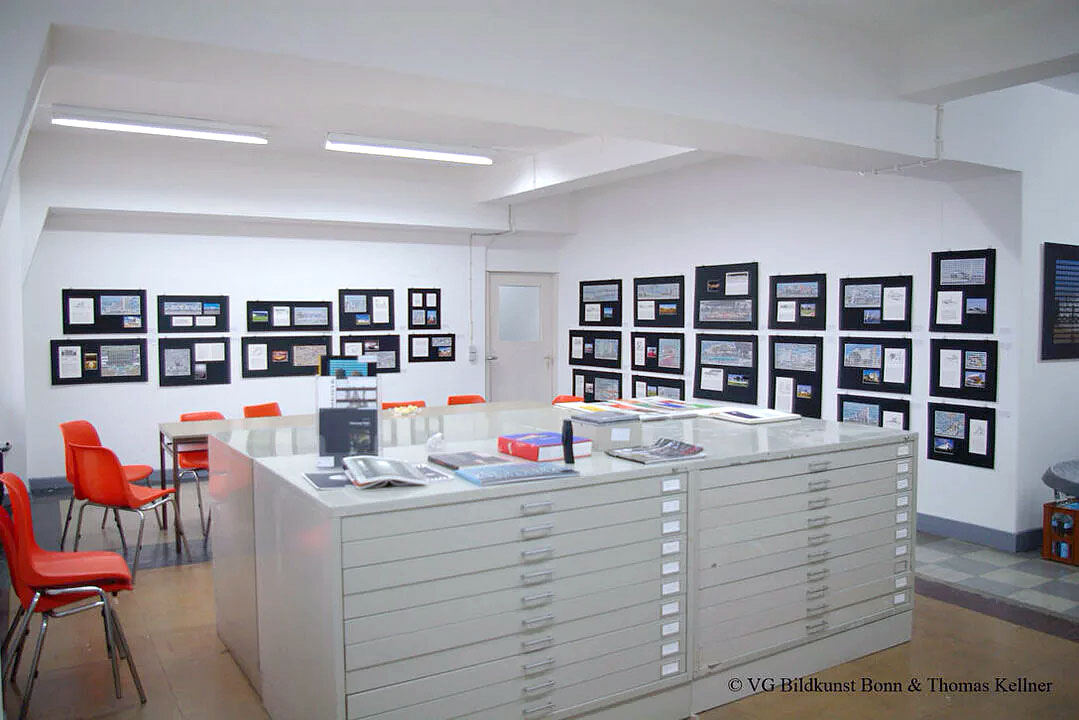The Artist's Studio of a German Artist
His third artist's studio in Blücherstrasse (after the first residential studio in Oberhees, and the spacious industrial warehouse in Friedrichstraße) is a smaller, but no less atmospheric studio. The rooms are brightly painted and Kellner's artwork sometimes hangs on the walls. In the center of his office is a large desk where the creator works. A small library of books on art, architecture and design stretches across three walls, as does his reference library. Another room stores his publications and special editions for sale in the online store. One room serves as frame storage for various touring showss and as a tea kitchen. The largest room houses large plan cabinets with drawers on two sides for the artworks of the various groups of works since the 1990s. The artist's studio on Blücherstrasse is now a place without visitor traffic or events, unlike Friedrichstrasse before, where he can concentrate and work. It is a place where he can be inspired and develop new ideas. With the move to Blücherstraße, the professional has created a new creative oasis with a wide and high view of the city of Siegen and its central Siegberg, which adds a whole new dimension to his works and his creativity. The new studio is much smaller but brighter than the old one and is located in a historic building with many windows and an open floor plan.
Upon entering the studio, one is immediately greeted by an impressive collection of contemporary photography that adorns the walls and shows the versatility of the artist's worldwide network. The presentation almost feels like a tribute to his past, while also providing a glimpse of his future as an artist in a global community.
Overall, the new studio exudes a blend of tradition and modernity, reflecting Thomas Kellner's works as well. It is a place of inspiration where the creator can unleash his creativity and express his unique perspective on the world. The studio in Blücherstraße is undoubtedly a place that takes visitors into the fascinating world of photography and at the same time lets them dive deep into the influencal soul of Thomas Kellner.
Open Studios
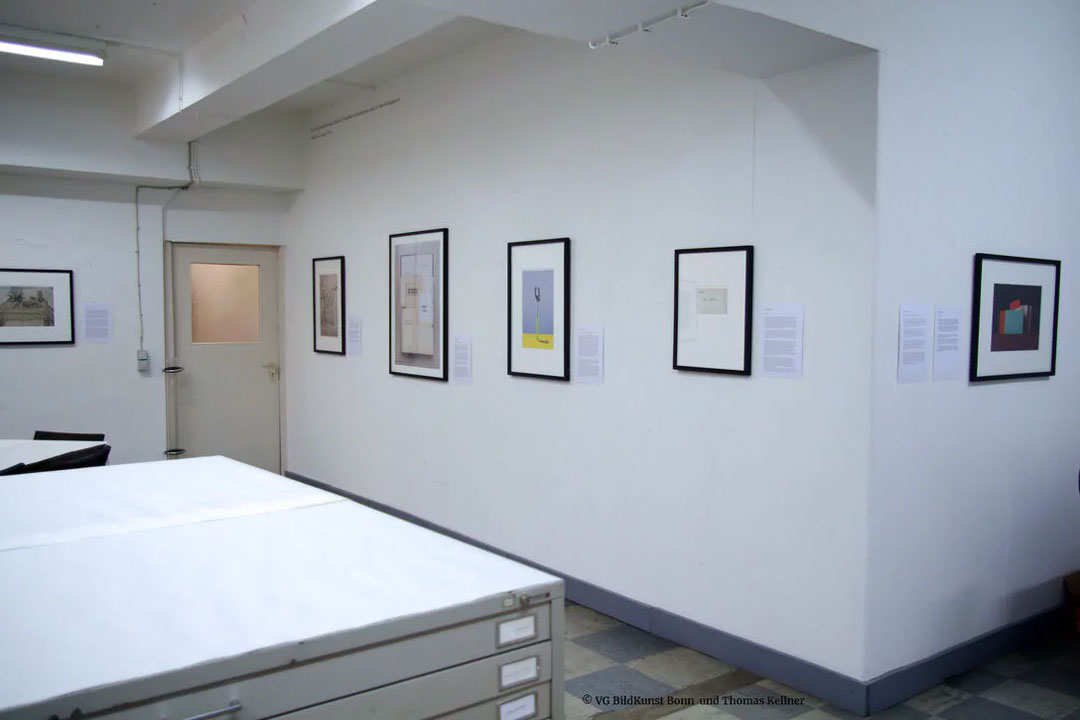
To show my work has always been my connection to my audience. My studio is an experimental place for my own shows and for my curated programs. Learn more here.
Visit the artist's studio
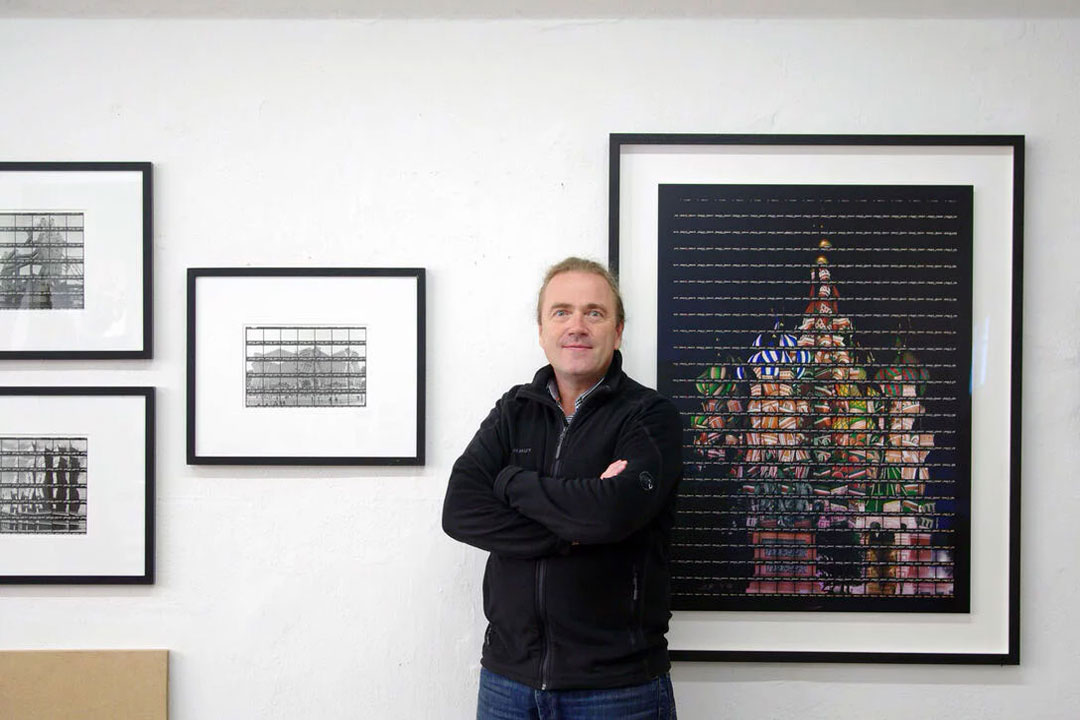
If you want to view my studio, see life as an artist, or arrange a meeting with me beyond these events, I would be glad if you would contact me and make an appointment.
What is a artist's studio?
Here you will figure out what an artist's studio is and why it is so important for him. An artist's workshop, which can also be called a studio, is a very special space for creators to work and think. There are many different meanings behind this word. In fact, this place plays an essential role in creative development and production. It offers a special space in which professionals can apply different techniques, ranging from painting to sculpture. It is often possible to observe the creation of works of art in different phases, as most of the time work is done in many places at the same time. It is a physical place, usually a room or a larger room, a loft up to entire factory halls.
The development of the artist's studio over time.
Many of the world-famous Renaissance artists such as Leonardo da Vinci and Michelangelo or the Siegen artist Peter Paul Rubens had large studios in which they employed apprentices and assistants to realize their projects. Here the master worked on behalf of his employees and apprentices. But the studio was also a place where fellow artists met to exchange their artistic positions. It was not only a place dedicated to artists, painters and sculptors, but also writers, musicians, etc. 19. and In the 20th century, the working methods of artists changed greatly. The avant-garde art movement and the rise of individual artistic expression led to new concepts for studios and workspaces.
The Ateliers of an artist in the Middle Ages of Europe.
In the Middle Ages, artists were mainly craftsmen. They worked in workshops, like in a painter's studio, often run by a master. The workshop was a place where the creators received their training and finished their works of art. The equipment of a medieval artist's studio was very different, depending on the type of art that was produced in the workshop. In a book painting workshop, for example, there were a large number of brushes, paint pots and other tools. In a stained glass workshop there was a glass furnace, a melting pot and other equipment. The artists (or time-appropriate artisans) in a workshop often worked together on a work. Each virtuoso had his own task, such as drawing, painting or glass painting. The master of the workshop was responsible for the overall management of the plant. The artist's studio were important places for the training of young professionals. In the workshops, the artists learned the different techniques of art, such as drawing, painting, glass painting and carving. They also got to know the different materials of art, such as wood, stone, glass and paint. The artists' workshops were also important places for the exchange of ideas and experiences. The artists in the workshops learned from each other and exchanged information about their work. This led to the development of new art forms and techniques. The artists' workshops were an important part of medieval culture. They were places where art was created and passed on.
The Ateliers in the Renaissance
In the Renaissance, artists were still craftsmen, but they were increasingly regarded as individual geniuses. The artists' workshops became larger and more complex, and new techniques and materials were developed. The equipment of a Renaissance workshop was very different, depending on the type of art that was produced in the workshop. In a painting workshop, for example, there were a large number of brushes, paint pots, canvases, wooden panels and other tools. In a sculpture workshop there were a number of tools, such as chisels, hammers and saws. Many Renaissance artists owned studios such as Leonardo da Vinci, Michelangelo Buonarroti, Raphael, Titian and Albrecht Dürer. These workshops were responsible for the creation of some of the most famous works of art in the world, including the Mona Lisa, the Sistine Chapel, the School of Athens and The Young Man with the Tulip.
Here are some examples of famous artists' studios of the 19th century:
The studio of Gustave Courbet in Paris
Claude Monet's studio in Giverny
The Atelier of Vincent van Gogh in Arles
Edvard Munch's studio in Oslo
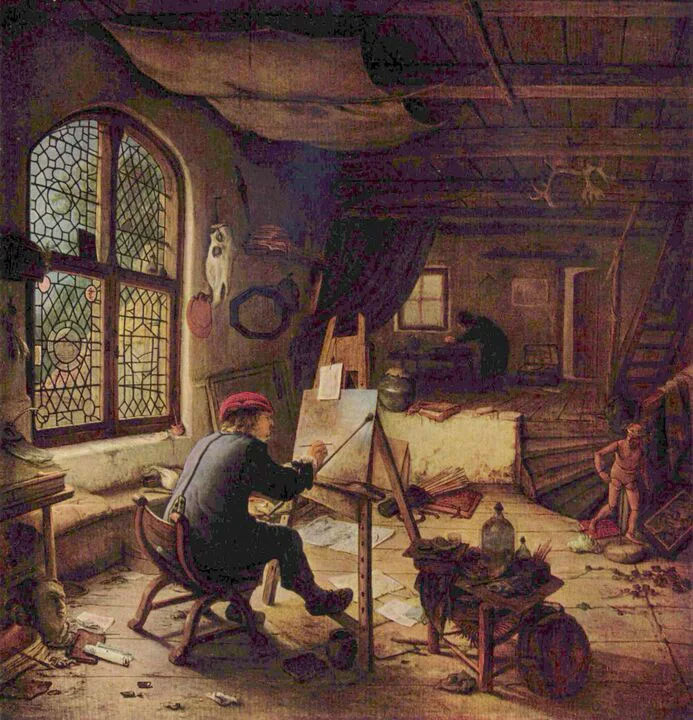
The Ateliers in the Modern Age.
The artist's studio of the 20th century was a place of experimentation and innovation. The artists were looking for new forms of art and new ways to express their ideas. Many studios are known in the 20th century, such as the studio of Pablo Picasso in Paris, the studio of Henri Matisse in Nice, the studio of Salvador Dalí in Cadaqués, the studio of Andy Warhol in New York, the studio of Jackson Pollock in New York and the studio of Frida Kahlo in Mexico. These studios were the setting for some of the greatest works of art of the 20th century. They were places where artists developed new ideas and created new paths for art. The artist's studio of the 20th century was more than just a workplace. It was a place of creativity, exchange and innovation. It was a place where art history was written. In the early years of the 20th century, artists' studios were often housed in residential buildings. This changed over the course of the century, as artists increasingly worked in their own studios. The equipment of a studio varied according to the artist and his needs. Some worked with traditional materials such as paint, brush and canvas. Others worked with new materials such as photography, video art and installation art. The studio was more than just a workplace. It was also a place where the artists met, discussed and exchanged ideas. The studios were, so to speak, the "thinking factories" of 20th century art. The equipment of a studio varied according to the artists and their needs. Some artists worked in large, bright rooms with plenty of space for their materials. Others worked in smaller, more comfortable rooms that were better suited to concentration. Regardless of its size, the artist's studio was an important place for his work. It was a place where he could unfold freely and unhindered his creativity.
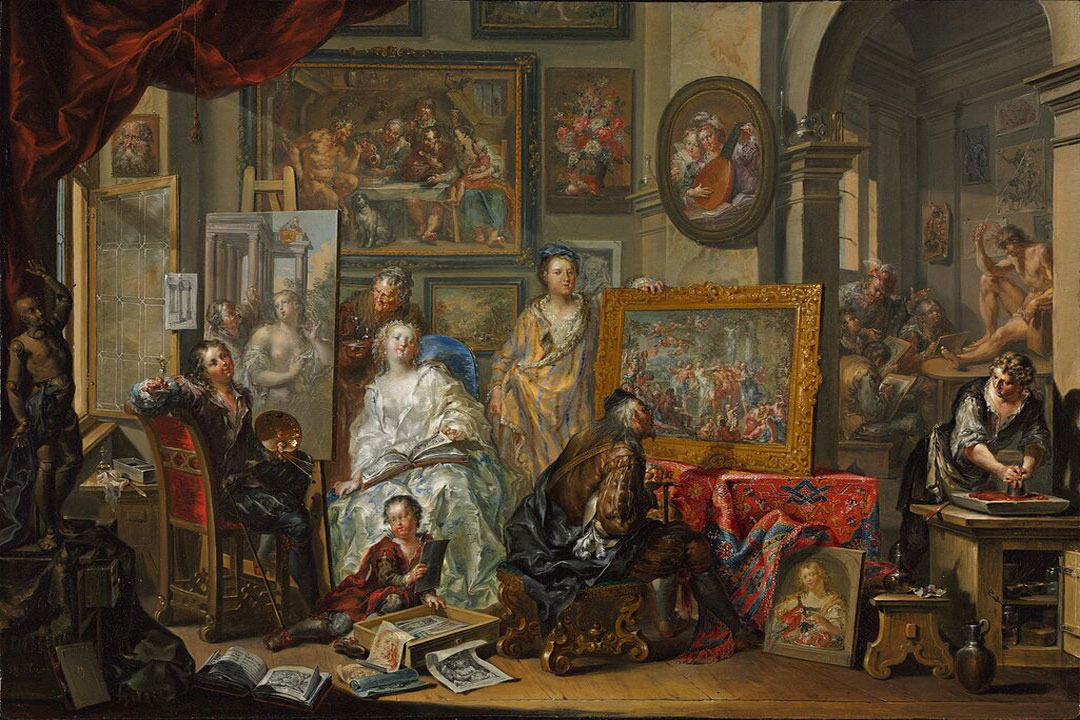
Recent artist's studios of the 21st century.
The artists' studio in the 21st century is a place of diversity and possibilities. More than ever, they have the opportunity to create and share their work, and they do so in a variety of ways. Some artists still work in traditional studios, where they have access to workshops and materials. Other work from home, or they use coworking spaces or other common spaces. Still others work online, and they publish their art on websites, on social media or in online galleries. Regardless of where they work, artists in the 21st century have access to a multitude of resources and opportunities. They can network globally with other artists and present their works to a wide audience. Artists of the 21st century with studios are Olafur Eliasson in Berlin, Ai Weiwei in Beijing, Yayoi Kusama in New York and Damien Hirst in London.
Andy Warhol and his art factory.
One of the most famous artists, known for his studio as an art factory, was Andy Warhol. The term Kunstfabrik derives from the fact that the studio has a floor area of around 300 square meters and the works created there were produced mechanically as in a factory. In 1964, Warhol opened his famous art factory in New York. The interior of the factory was a very special place designed by Billy Linich (later known as Billy Name). The room was lined with aluminum foil and sprayed with silver paint. The large windows facing the street were covered with silver foil, so that day and night were indistinguishable under artificial lighting. Inside the room was also a well-known red sofa, which was used several times for the films he made. The factory was a place where many different people lived: musicians, dancers, actors, self-actors, homosexuals, drug addicts and, in short, Warhol's "superstars". The artist called all these people his superstars.
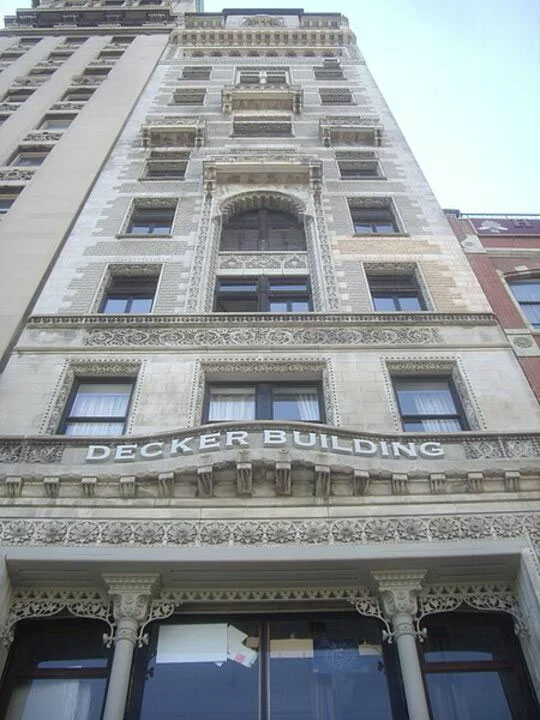
Various workshops.
There are different types of studios. These can take different forms depending on the art direction. Painters may need bright and well-lit rooms with skylights, while sculptors may need more space, a stable floor, a freight elevator or access to the road and, of course, special tools. Digital artists can use virtual studios to create their works. Over the centuries, the use of this place by artists has changed and will probably do so in the coming centuries.
The establishment of a studio.
The artist's studio is a very important place because most of the time is spent there. The creation of this space is therefore a decisive step to feel comfortable and to provide a source of inspiration for the design of the projects. Every studio is different for all artists, as everyone has their own way of working. As a rule, it is a place consisting of several rooms in which material for the elaboration of projects is kept. All tools needed for the work are stored in the storerooms. This may vary depending on the medium of art. For example, painters will have to keep easels, canvases, brushes, palettes and colours. Sculptors, on the other hand, need sculptor tools, stone, clay and a workbench. Photographers need computers, a camera, picture frames, a printer, etc. The size of the studio depends on the way it works and the space required for all the tools. The studios are often individually designed and reflect the artistic style. Works are often displayed on the walls or on the furniture.
The studio with the aim of collaboration.
A studio is not always an individual place with only one artist. Some studios are shared by several artists. They then work in the same room, share ideas and develop joint projects, which promotes the cohesion of the group. These can be studio communities, but also artist couples or artist groups.
The artist's studio: a place of sharing.
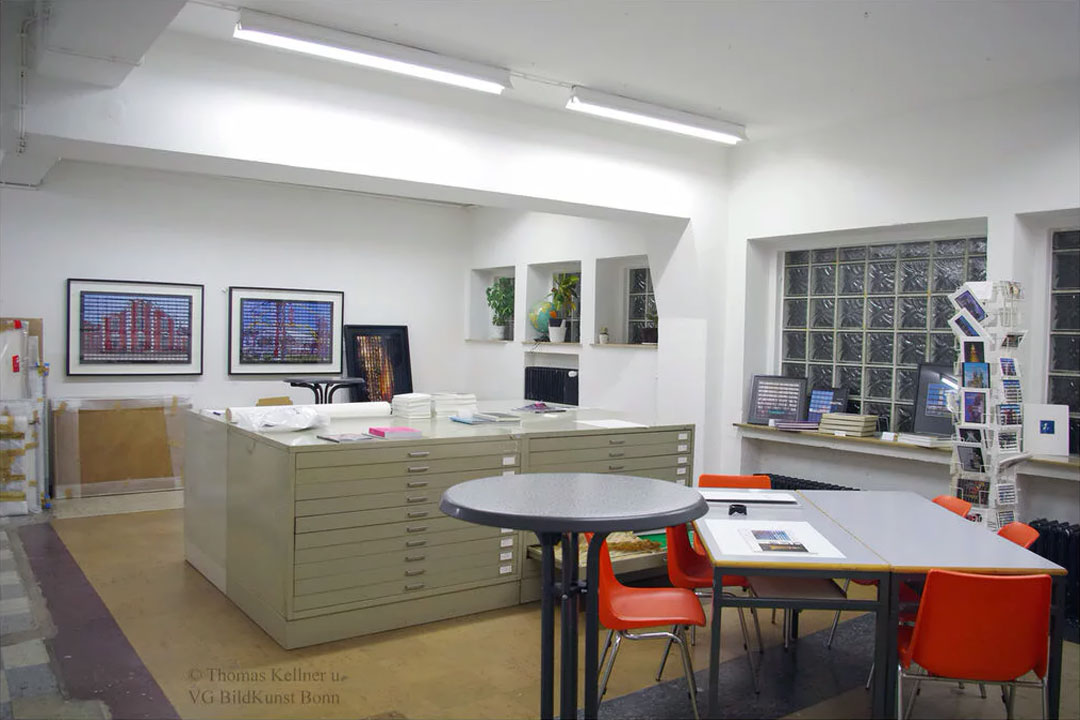
After the creation of various projects created by artists, these are then presented in the studio and made available to the public. The studio is also a place of passage where different personalities meet. Ideas and worldviews are exchanged there. It is a place where collectors, museum curators, gallery owners, employees, interns, visitors, journalists, etc. come and talk.
The artist's studio: an intimate place.
When you enter an artist's studio, it is as if you are entering a part of yourself, a moment in which you are completely immersed in another world. The studio reflects the style, the inspirations and the creative approach. The studio is a place where the artists find themselves in a kind of bubble, a moment in which time stands still to reflect on the ideas and to bundle them. They draw their ideas from the world around them, from experiences that have been made and from encounters that have been made on journeys around the world, as well as from unforeseen encounters in life.
Residence houses that are known as a refernce all over the world.
Many studio houses are known all over the world. There is the Künstlerhaus Bethanien, which is located in Berlin. It functions as a studio and workplace for professional creators and offers a multifaceted project workshop and events. One of the main tasks of the Künstlerhaus is to promote encounters and exchanges between colleagues from different fields and cultural circles - both among themselves and with an interested audience. Openings, studio visits, guided tours and open studios invite visitors. In addition, Paris also hosts the Cité Internationale des Art's, a residence that brings together different creators and gives them the opportunity to implement a creative or research project in all disciplines. The Cité offers 300 professionals from all over the world studios with living and working opportunities. The main complex with about 240 apartments is located on Rue de l'Hôtel de Ville, in the immediate vicinity of Notre Dame Cathedral. Finally, the Rijksakademie Amsterdam, an artists' house that houses professionals. The creators can spend up to two years at the Künstlerhaus and engage in an open process that allows them to deepen their practices and explore new areas - in art and beyond. But these are only three very famous artists' houses. There are many other small or large residences in which scholarship holders are often accommodated. Residence houses are the creative, pulsating navel of a city.
History of the artist's studio.
In the autumn of 1998, Thomas Kellner moved into his second studio at Friedrichstraße 42 in Siegen, Germany, together with Jochen Dietrich, Xenia Frisan and Martin Steiner. The four creatives shared two floors in this former warehouse of the Elektro Lux company, which the city of Siegen had purchased, since the then current framework development plan provided for the extension of Freudenberger Straße with a tunnel under the upper town and the Nikolaikirche through to the Schleifenmühlchen. The artist exhibited his works of art and other authors there for many years. Many ideas, projects and works of art were born here. In total, more than 300 creators from all over the world and from all continents exhibited their works here. The creative mind has collaborated with numerous curators, galleries and journalists all over the world. He has already realized numerous shows all over the world and is constantly working on new projects in the heart of his studio. As part of his project series photographers:network, he has collaborated for jury with, among others, the George Eastman Museum (USA), the Museum für Moderne Kunst in Moscow (Russia), the Künstlerhaus Bethanien (Berlin), the Cleveland Museum of Art, Cleveland (USA), the Klompching Gallery (New York) and the San Francisco Museum of Modern Art (San Francisco). In 2019, the city of Siegen sold the building to the Personalunion, although a group of entrepreneurs around the artist had signalled the purchase of the building. The attempt to install an Künstlerhaus as a branch of the Künstlerhaus Bethanien in Siegen also failed due to a lack of political will and financial support.
